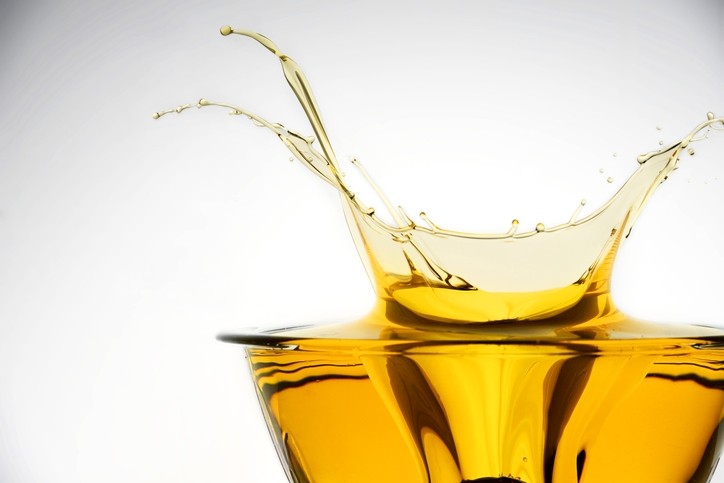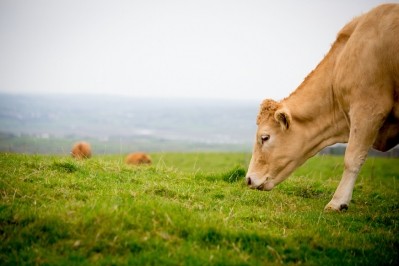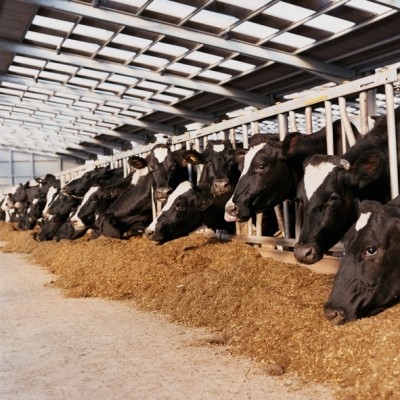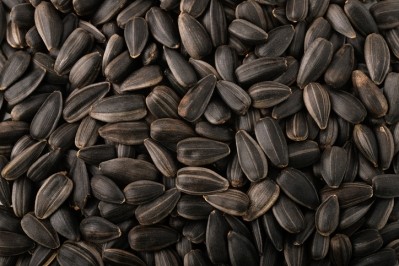Supplemental sunflower oil may boost healthy fatty acid spread in milk

A team of Columbian researchers from the University of Sucre, the University of Antioquia and the University of Caldas examined the use of supplemental sunflower oil in the diets of dairy cows raised in a silvopastoral system. The group published details of its project in the journal of Animal Feed Science and Technology.
“This study focused on specialized (STDF) and dual purpose (DPTF) tropical dairy farming systems, both with cows foraging on Leucaena leucocephala and grass in an intensive silvopastoral systems (ISS),” the researchers said. “The aim was to evaluate the effect of adding sunflower seed oil at 20 and 40 g/kg of DM on milk proportions of CLAc9t11, TVA, and long-chain fatty acids (LCFAs), as well as milk yield and intake.”
The research team found that milk yield and milk protein and lactose percentage were similar for all diets but proportions of TVA, CLAc9t11, oleic and linoleic acids increased when the supplement was provided, while amounts of some atherogenic acids dropped, they said.
“These effects contributed to the production of milk with greater quantities of [unsaturated fatty acids] (UFAs) and a lower [Atherogenic index] (AI), both changes with benefits to human health,” they said. “On the STDF oil supplementation produced milk with a lower fat content and a greater proportion of high-quality fatty acids, presenting an interesting possibility for fat-restricted diets.”
Why sunflower oil supplementation?
Unsaturated fatty acids like conjugated linoleic acid (CLA) and trans-vaccenic acid (TVA) along with some long-chain omega-3 fatty acids (FA) found in cow milk have been linked to human health benefits, said the researchers. However, some saturated fatty acids (SFAs) are not considered healthy.
TVA is common in ruminant fat, while in milk the most abundant CLA is c9t11, they said. The most common omega-3 FA in milk is linolenic acid, but quantities of DHA and EPA also can be found.
Pasture-based diets have been tied to milk yield with increased levels of CLAc9t11 and an additional increase might be possible using lipid supplementation, they said. “The results of supplementation with vegetable oils suggest that oils with higher content of linoleic and linolenic acids are best suited to increase the amount of CLAc9t11 in milk, and this effect is linearly related to the amount of oil added to the feed (up to 30–40 g/kg of dry matter (DM)),” they added.
Oils with larger amounts of linoleic acid like soybean oil and sunflower seed oil are considered most effective, they said. Adding oils with higher levels of polyunsaturated FA’s (PUFAs) may boost levels of CLAc9t11, TVA and other unsaturated fatty acids while lowering levels of SFAs.
Condensed tannins, found in plants, also may improve ruminal biohydrogenation, said the researchers.
However, to develop a PUFA supplementation strategy that can be used to improve levels of beneficial FAs in tropical dairy systems, more information is needed on the effects of the sources and inclusion amounts used with certain feeding conditions to understand the fermentation, lipolysis and biohydrogenation in the rumen, they said.
“In a previous in vitro fermentation study, it was found that the addition of sunflower oil (20 and 40 g/kg of DM) to specialized (SDTF) and dual purpose (DPTF) diets for tropical milk production cows foraging on Leucaena leucocephala and grass in an intensive silvopastoral system was better than flax oil addition (20 and 40 g/kg of DM) to increase the contents of TVA, CLAc9t11 and linoleic acid (C18:2c9c12),” they said. “There was no change affecting fermentation kinetics, pH, or the total or proportion of volatile fatty acids (VFAs).”
However, the feed additive has not been tested in field conditions, they said.
Methods and materials
In the feeding trials, cows from two different farms using different production systems – dual purpose tropical farming (DPTF) and specialized tropical dairy farming (STDF) – were give one of three diets for 21 days before rotating to the other trial diets, the researchers said. Within the feeding period, 14 days were used as an adaption period and samples were taken during the remaining seven days.
The diets included a control (NSO), and that diet supplemented with either 20 or 40 g/kg of dry matter intake – SO20 and SO40, respectively, they said. The oil was added to the concentrate used in the diet and cows also had access to forage.
“A fixed amount of concentrate was allocated to the STDF cows on the basis of individual milk yield of the first three days of each diet accommodation period. This was offered at morning milking time and averaged 5.8 kg/d,” said the researchers. “Cows in DPTF received 2.0 kg/d of supplementary commercial roughage (70%) and Samanea saman seeds (30%).”
Milk samples were collected on days 4-6 and checked for CLA, TVA, LCFA profile and nutrient composition, they said. At the end of the feeding trials samples of diet elements including grass, leucaena and concentrate were gathered for analysis.
Daily dry matter intake was determined, fecal matter generated was calculated and samples were collected, they said.
Results
There were different results from use of the sunflower oil supplement for cows raised in a specialized tropical dairy farm (STDF) or a dual-purpose tropical farm (DPTF), said the researchers. Cows from an STDF saw a drop in the proportion of fat, total solids and milk urea nitrogen while others did not.
However, cows from both production systems saw a linear increase in CLAc9t11 and TVA with levels of supplementation, they said. Milk had a reduction in atherogenic FAs and of the atherogenic index although levels of UFA increased.
“Supplementing cows under an ISS with sunflower seed oil increases the proportion of beneficial milk FAs,” they said.
On the STDF forage intake tended to drop as oil was added to cow’s diets, said the researchers. Milk yield was similar for all diets but tended to be slightly higher for cows getting the SO40 diet.
Protein and lactose levels were similar among the diets but the use of sunflower seed oil lower the concentration of fat, total solids and milk urea nitrogen (MUN), they said. The proportion of CLAc9t11, TVA and linoleic FA increased when oil was added but linolenic acid levels were higher for cows getting the SO20 diet as the SO40 diet had an increased omega-6/omega-3 ratio.
On the DPTF forage intake also tended to drop with feed supplementation but milk production and the percentage of lactose and protein in the milk were not altered by the diet, they said. The SO40 diet had a lower concentration of fat, fat yield and total soils in the milk when compared to results from the SO20 diet.
“The proportions of lauric, myristic and palmitic FAs decreased with sunflower seed oil supplementation, which also led to a decrease in the proportion of saturated FAs, C10 to C16 FAs, and atherogenic FAs and to an increase in the proportion of TVA and UFAs, both monounsaturated (P < 0.001) and polyunsaturated, as reflected by a lower AI,” said the researchers.
Source: Animal Feed Science and Technology
Title: The effect of sunflower seed oil supplementation on the milk fatty acid contents of cows fed leucaena in an intensive silvopastoral system
Authors: Esperanza Prieto-Manrique, Liliana Mahecha-Ledesma, Julio Vargas-Sánchez, Joaquín Angulo-Arizala
DOI: doi.org/10.1016/j.anifeedsci.2018.03.003
















